¿Listo para renovar tu espacio con un nuevo look? ¡El método de pegar y alicatar es la solución ideal para una renovación rápida y con estilo! Pero espera, antes de empezar a pegar.
Con esos azulejos, hay errores comunes que debes evitar y consejos de preparación esenciales para asegurar una adhesión perfecta. Con un poco de preparación, puedes transformar cualquier habitación.
Sin esfuerzo. Tanto si eres principiante en bricolaje como si eres un decorador experimentado, nuestra guía te ayudará a lograr resultados profesionales. Profundicemos en este sencillo método de pegar y pegar.
Método de mosaico: ¡tu espacio lo merece!
Entendiendo el método de palos y baldosas
¿Por qué elegir Stick and Tile?
- Fácil de usar : perfecto para principiantes en bricolaje.
- Ahorro de tiempo : Instalación rápida en comparación con los revestimientos tradicionales.
- Diseños flexibles : amplia variedad de patrones y colores.
Elegir el método de instalación de baldosas y listones es una gran ventaja para cualquiera que quiera renovar su hogar sin complicaciones. Me encanta lo fácil que es, sobre todo cuando estás...
Trabajando con un horario ajustado. Además, la variedad disponible te permite encontrar algo que realmente se adapte a tu estilo.
Beneficios de usar Stick and Tiles
- Rentable : ahorra dinero en instalación profesional.
- No necesita mortero : simplifica el proceso de colocación de baldosas.
- Opciones reutilizables : Fácil de quitar y reposicionar si es necesario.
Usar baldosas y adhesivos ofrece numerosas ventajas. No solo ahorra dinero al evitar la instalación profesional, sino que también evita el desorden del mortero. Es una solución limpia.
Una forma sencilla y original de renovar tu espacio. Además, si cambias de opinión, ¡muchos adhesivos y baldosas son reutilizables!
Áreas populares para aplicar adhesivos y baldosas
- Salpicaderos de cocina : añade un toque de estilo detrás de tus encimeras.
- Paredes del baño : crea una superficie elegante e impermeable.
- Paredes de acento : resalta un área específica con patrones únicos.
Los azulejos y baldosas son increíblemente versátiles. A menudo los uso para salpicaderos de cocina porque protegen las paredes de derrames y salpicaduras, además de lucir geniales. Baños
También es una ventaja, ya que los azulejos son fáciles de limpiar y mantener. Para un toque más decorativo, una pared de acento puede convertirse instantáneamente en el punto focal de cualquier habitación.
Consejos de preparación esenciales para una adhesión perfecta
Importancia de la limpieza de superficies
- Asegura la adherencia : elimina la suciedad y la grasa.
- Superficie lisa : evita que las baldosas formen burbujas o se despeguen.
- Longevidad : extiende la vida útil de la instalación de sus baldosas.
Limpiar bien la superficie es crucial. Siempre me aseguro de limpiar bien la zona donde voy a colocar las baldosas. La suciedad o la grasa pueden interferir con el adhesivo.
Esto provoca que las baldosas no se adhieran correctamente. Una superficie limpia garantiza que sus baldosas se mantendrán en su lugar y lucirán geniales durante años.
Cómo medir y marcar correctamente
- La precisión es clave : evite la colocación desigual de las baldosas.
- Utilice un nivel : asegura líneas rectas.
- Planifique su diseño : minimice el corte y el ajuste.
Medir con precisión marca una gran diferencia. Tomo una cinta métrica y marco la pared para asegurarme de que mis azulejos estén perfectamente alineados. Usar un nivel ayuda a mantener las líneas.
Recto, esencial para un acabado profesional. Planificar el diseño con antelación también reduce la necesidad de cortes extensos, ahorrando tiempo y materiales.
Cómo elegir el adhesivo adecuado para baldosas
- Compatibilidad : coincide con el tipo de mosaico que estás usando.
- Resistencia : Mantiene las baldosas firmemente en su lugar.
- Facilidad de uso : Fácil de aplicar sin herramientas especiales.
Seleccionar el adhesivo adecuado es otro paso importante. Dependiendo del tipo de azulejo, elijo un adhesivo que proporcione una adhesión fuerte sin ser demasiado difícil de...
Aplicar. Por ejemplo, las baldosas autoadhesivas suelen requerir un adhesivo específico que garantice que permanezcan firmemente adheridas a la superficie.
Errores comunes que se deben evitar durante la instalación
Limpieza inadecuada antes de colocar las baldosas
- Problemas de adhesión : Mala adhesión de las baldosas.
- Superficie irregular : provoca que las baldosas floten o queden separadas.
Saltarse una limpieza a fondo puede causar grandes problemas. Lo aprendí a las malas cuando los azulejos empezaron a descascararse después de unas pocas semanas. Tómate siempre el tiempo para limpiar...
Coloque la superficie correctamente para garantizar que las baldosas se adhieran bien y permanezcan seguras.
Ignorando los efectos de la temperatura sobre la adhesión
- Expansión y contracción : las baldosas pueden deformarse.
- Falla del adhesivo : provoca que las baldosas se aflojen.
La temperatura influye en la adherencia de las baldosas. El calor o el frío extremos pueden afectar el rendimiento del adhesivo. Mantengo mi espacio de trabajo a una temperatura moderada para asegurar...
El adhesivo se fija correctamente, evitando futuros problemas con las baldosas que se desprendieran.
Estiramiento excesivo o desalineación de las baldosas
- Defectos estéticos : Las baldosas desiguales dan un aspecto poco profesional.
- Debilidad estructural : Las baldosas desalineadas pueden ser más débiles.
Es fácil desalinear las baldosas si se tiene prisa. Siempre me tomo mi tiempo para colocar cada baldosa con cuidado, asegurándome de que estén rectas y espaciadas uniformemente. Esta atención a...
Los detalles no solo hacen que la instalación se vea mejor, sino que también garantizan que las baldosas estén firmemente en su lugar.
Guía de instalación de baldosas y palos paso a paso
Recopilación de herramientas y materiales necesarios
- Azulejos : elige tu estilo y tamaño preferidos.
- Adhesivo : Según el tipo de baldosa.
- Cinta métrica y nivel : para una colocación precisa.
- Herramienta de corte : para ajustar las baldosas alrededor de los bordes.
- Espaciadores : garantizan espacios uniformes entre las baldosas.
Antes de empezar, me aseguro de tener todas las herramientas y materiales listos. Tener todo a mano evita retrasos y facilita el proceso. Puedes consultar nuestra
controles Timberline autoadhesivos para una variedad de opciones que se adaptan a diferentes estilos.
Alinear y colocar las baldosas con precisión
- Empezar desde el centro : consigue un diseño equilibrado.
- Utilice espaciadores : mantiene espacios consistentes.
- Presionar firmemente : garantiza que las baldosas se adhieran correctamente.
Me gusta empezar a colocar los azulejos desde el centro de la pared, buscando el punto medio para asegurar que todo esté equilibrado. Usar espaciadores ayuda a mantener los espacios uniformes, lo que da...
Aspecto impecable. Al presionar firmemente cada pieza en su lugar, se garantiza una unión firme con el adhesivo.
Cómo garantizar que los bordes y las esquinas sean lisos y seguros
- Recortar el exceso de baldosas : para un acabado limpio.
- Sellar esquinas : evita que la humedad entre detrás de las baldosas.
- Vuelva a verificar la alineación : corrija cualquier cambio inmediatamente.
Los bordes y las esquinas requieren especial atención. Utilizo una herramienta de corte para recortar el exceso de baldosas y lograr un ajuste perfecto. Sellar las esquinas ayuda a protegerlas de la humedad, especialmente en...
Cocinas y baños. Revisar mi trabajo a medida que avanzo garantiza que todo esté alineado y seguro.
Cuidado y mantenimiento posteriores a la instalación
Consejos de limpieza rutinaria para mantener el brillo
- Utilice limpiadores suaves : evite los productos químicos agresivos.
- Limpieza regular : mantiene las baldosas como nuevas.
- Evite herramientas abrasivas : evita rayones.
Mantener sus azulejos es fácil con una limpieza regular. Utilizo limpiadores suaves y un paño suave para limpiar las superficies, manteniéndolas brillantes y sin suciedad. Evitar
Las herramientas abrasivas garantizan que las baldosas permanezcan libres de rayones y mantengan su apariencia.
Manejo de reparaciones de baldosas sueltas
- Identifica el problema : encuentra qué fichas están sueltas.
- Vuelva a aplicar el adhesivo : vuelva a fijar las baldosas en su lugar.
- Reemplazar si es necesario : cambie las piezas dañadas.
Si una baldosa se suelta, es importante repararla de inmediato. Identifico la baldosa problemática y vuelvo a aplicar adhesivo para fijarla. En los casos en que una baldosa esté dañada más allá de...
repararlo, reemplazarlo garantiza que el aspecto general permanezca consistente e intacto.
Prácticas de mantenimiento a largo plazo para obtener resultados duraderos
- Comprobación del desgaste : inspecciones periódicas.
- Reaplicar sellador : protege contra la humedad.
- Actualizar cuando sea necesario : actualice los mosaicos periódicamente.
El mantenimiento a largo plazo mantiene su proyecto de baldosas y azulejos con un aspecto impecable. Reviso regularmente cualquier signo de desgaste y reaplico sellador para protegerlo de la humedad.
Daños. Con el tiempo, renovar tus azulejos puede mantener tu espacio con un aspecto fresco y moderno.
Transforma tu espacio con Stick and Tile
Usar el método de pegar y alicatar realmente ha transformado mi hogar. Desde el protector contra salpicaduras de la cocina hasta las paredes del baño, el cambio es notable y elegante. Si estás buscando...
Para estilos específicos, consulte nuestra Azulejos de horizonte carmesí para una opción audaz y vibrante que se destaca
Ya sea que esté renovando una sola habitación o toda la casa, el revestimiento con baldosas ofrece una solución versátil y efectiva.
Para aquellos interesados en más ideas de diseño, nuestra Azulejos inteligentes para espacios modernos La publicación del blog proporciona
Inspiración fantástica. Si buscas algo intrincado, Obra maestra del mosaico guía
Es perfecto para crear áreas de acento impresionantes.
No olvides explorar nuestra gama de Acentos de azulejos de ladrillo rústico Para un look atemporal o visite nuestro
Soluciones fáciles de pegar para baldosas para opciones rápidas y sin complicaciones. Estos recursos te ayudarán a tomar decisiones.
Tome decisiones informadas y logre los mejores resultados para sus proyectos de bricolaje.
Preguntas frecuentes
1. ¿Puedo instalar baldosas y adhesivos sobre baldosas existentes?
Sí, puede instalar adhesivos y baldosas sobre baldosas existentes, siempre que la superficie esté limpia, seca y lisa. Asegúrese de que las baldosas antiguas estén bien adheridas y libres de cualquier residuo.
Daños antes de aplicar las nuevas baldosas.
2. ¿Cuánto tiempo tarda en fraguar el adhesivo?
La mayoría de los adhesivos para baldosas secan en 24 horas. Sin embargo, es recomendable consultar las instrucciones del fabricante para conocer los tiempos de secado específicos y así garantizar los mejores resultados.
3. ¿Son impermeables los azulejos autoadhesivos?
Si bien las baldosas autoadhesivas son resistentes al agua, es importante sellar los bordes y usar el adhesivo adecuado, especialmente en áreas húmedas como baños y cocinas, para mejorar
sus capacidades impermeables.
4. ¿Puedo quitar pegamento y azulejos sin dañar la pared?
Sí, una de las ventajas de los adhesivos y las baldosas es que se pueden quitar sin dañar la superficie subyacente, lo que los hace ideales para inquilinos o para quienes les gusta
cambian su decoración con frecuencia.
Explora nuestra mercancía
Para que su proyecto de alicatado sea aún más fácil, explore nuestra gama de azulejos despegables y adhesivos Diseñado para
Diversas aplicaciones. Ya sea que esté renovando el protector contra salpicaduras de su cocina o añadiendo un toque decorativo a su sala de estar, tenemos los azulejos perfectos para usted. Descubra nuestros...
Azulejos de horizonte carmesí Para una declaración vibrante o nuestra Línea de madera
Cheques Para un look clásico.
Profundice con nuestros blogs internos
Para obtener más consejos e inspiración, visita nuestros blogs internos:
- Azulejos inteligentes para espacios modernos
- Obra maestra del mosaico
- Azulejos adhesivos sin esfuerzo
- Renovación de ducha con azulejos de metro
- Soluciones fáciles de pegar para baldosas
Estos artículos proporcionan guías detalladas e ideas creativas para ayudarle a aprovechar al máximo sus proyectos de azulejos.
Reflexiones finales
Pegar y alicatar a la perfección tu espacio es más fácil que nunca con las herramientas, la preparación y el conocimiento adecuados. Siguiendo estos pasos y evitando errores comunes,...
Puede lograr una transformación impactante que realce la belleza y la funcionalidad de su hogar. Recuerde explorar nuestra gama de productos y blogs internos para obtener más ayuda e inspiración. ¡Feliz instalación!

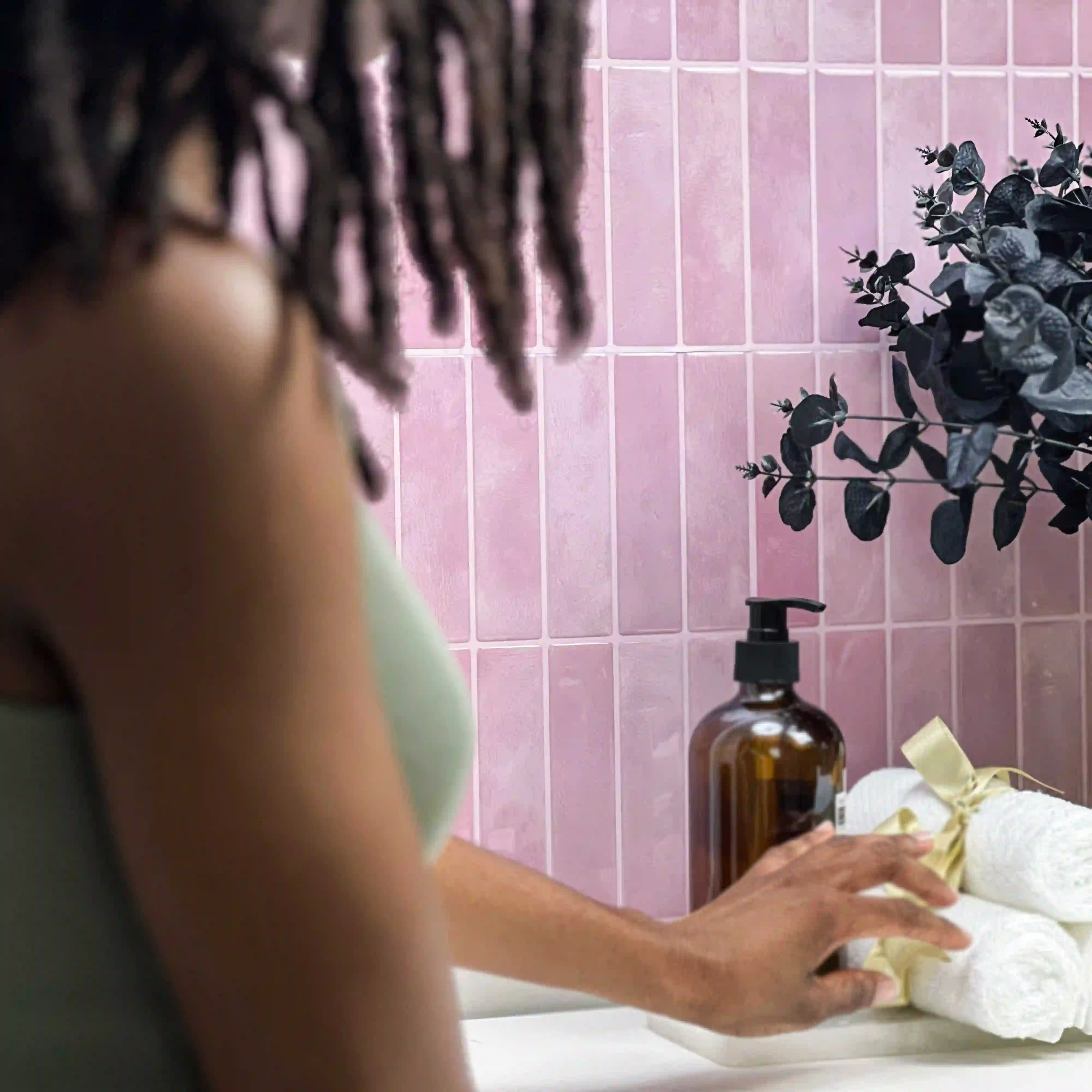
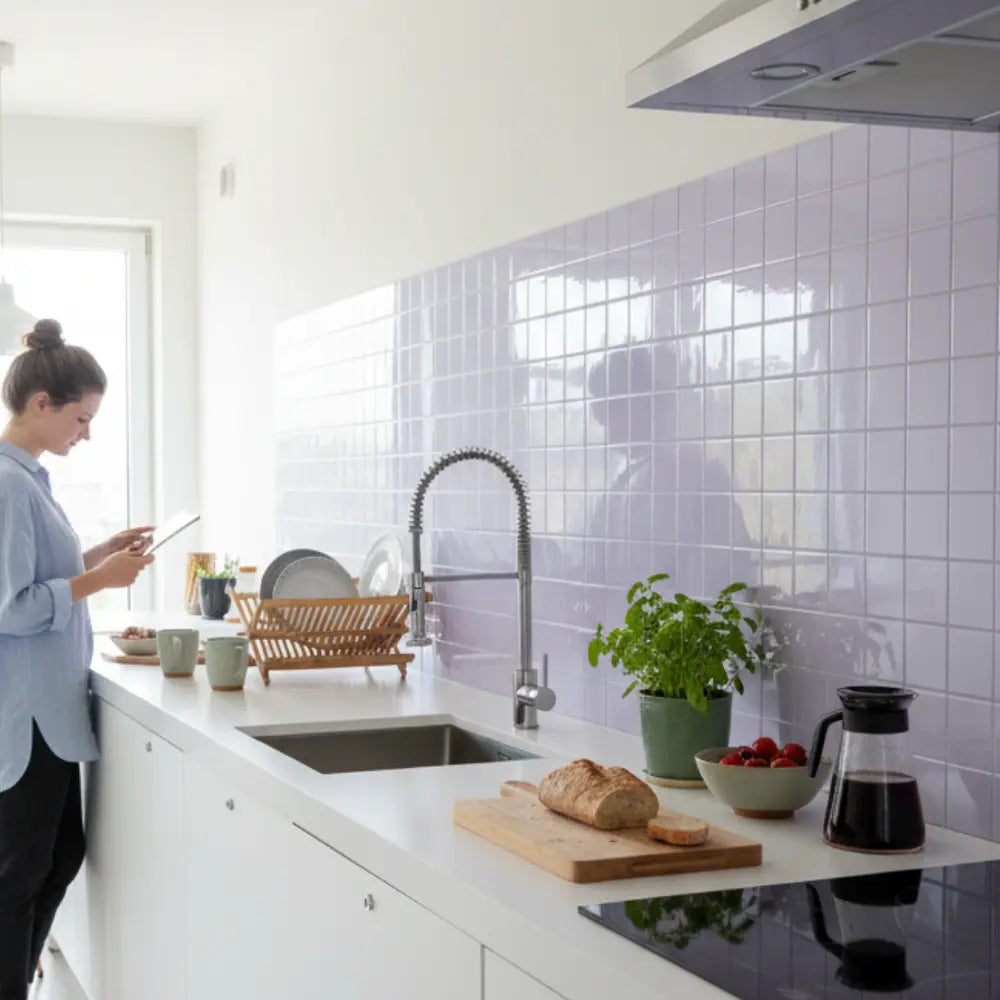
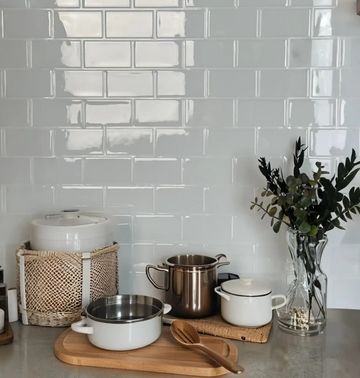
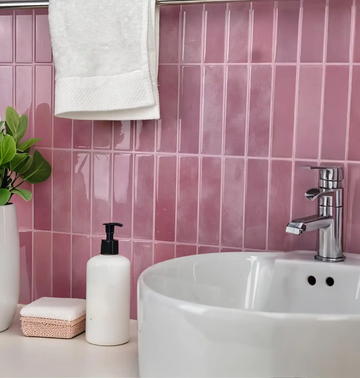
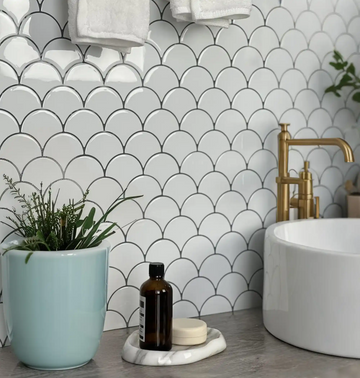
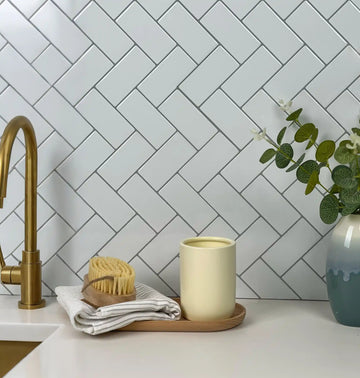
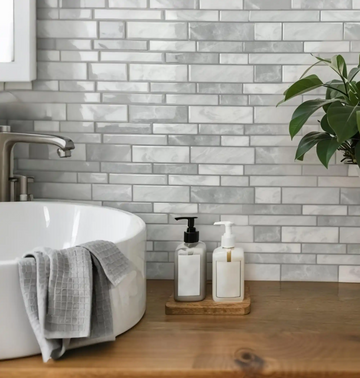
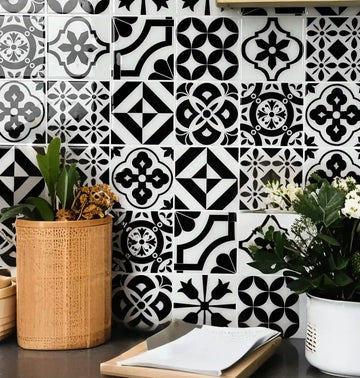

Dejar un comentario
Este sitio está protegido por hCaptcha y se aplican la Política de privacidad de hCaptcha y los Términos del servicio.